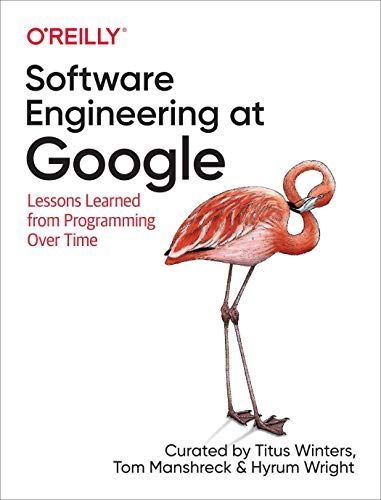
Software Engineering at Google Lessons Learned from Programming Over Time
The approach to and understanding of software engineering at Google is unlike any other company. With this book, you'll get a candid and insightful look at how software is constructed and maintained by some of the world's leading practitioners. Titus Winters, Tom Manshreck, and Hyrum K. Wright, software engineers and a technical writer at Google, reframe how software engineering is practiced and taught: from an emphasis on programming to an emphasis on software engineering, which roughly translates to programming over time. You'll learn: Fundamental differences between software engineering and programming How an organization effectively manages a living codebase and efficiently responds to inevitable change Why culture (and recognizing it) is important, and how processes, practices, and tools come into play.
Reviews
Thomas Wang@xg
TK@iamtk
Julien Sobczak@julien-sobczak
Fatih Arslan@fatiharslan
Chad McElligott@chadxz
Christian Bager Bach Houmann@cbbh
Cezar Craciun@cezarc
Akshay Vadher@akshay_vadher
Sapan Parikh@sapan
Nitesh Donti@nitesh
Bilal Cinarli@bcinarli
Carlos Becker@caarlos0
Milan Aleksić@milanaleksic
Roy Z@roy
Will Butt@will
Highlights
Burak Kaan Özbek@burakkaanozbek